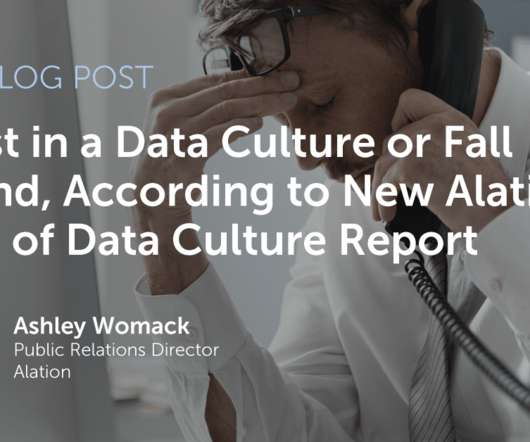Humans-in-the-loop forecasting: integrating data science and business planning
The Unofficial Google Data Science Blog
DECEMBER 4, 2019
ln this post he describes where and how having “humans in the loop” in forecasting makes sense, and reflects on past failures and successes that have led him to this perspective. Our team does a lot of forecasting. It also owns Google’s internal time series forecasting platform described in an earlier blog post.
















Let's personalize your content